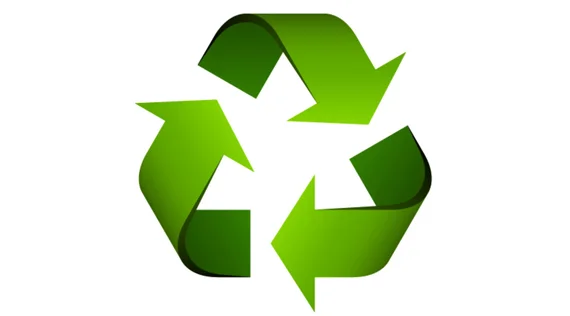
SEATTLE (Waste Advantage): Lombard, Illinois-based packaging supplier Pinnacle Packaging is making a bold move to address the challenging economic climate. As it adapts to prevailing market conditions, the company has reduced prices on its corrugated boxes, following a recent trend begun by wholesalers. Pinnacle Packaging President Nicole DeJoris shared insights into this strategic decision, emphasizing the company’s commitment to its customers despite ongoing economic pressures.
“I’ve reduced prices on corrugated boxes by 10 to 15 percent,” she said. “Packaging prices have decreased due to low retail demand, retailers have overstock, and the market is equaling out after two years of high prices. The result is falling prices.”
Corrugated Prices: A Historical Perspective
Over the last few years, DeJoris said, the price of corrugated materials has been on a steady rise, with incremental increases since 2020. However, before the pandemic, prices remained relatively stable for two decades.
The COVID-19 pandemic led to an unprecedented surge in demand for corrugated materials due to increased online shopping. This surge, coupled with labor shortages and limited paper manufacturing capacity, caused prices to skyrocket in 2020, 2021, and 2022.
“Demand and output for cardboard boxes and other packaging material fell sharply in the fourth quarter of 2022,” according to an article by FreightWaves.com, Cardboard Box Demand Plunging at Rates Unseen Since the Great Recession. “It’s the latest indicator that consumer demand is eroding following the pandemic. Dwindling savings, inflation, rising interest rates, and fears of a recession may all be swaying consumers to spend less.”
Long-term Trends in Paper Manufacturing
The shortage of paper manufacturing capacity can be traced back to the transition toward digital media in the 1990s and 2000s, which led to the closure of many paper plants. This stability continued for over two decades until the COVID-19 pandemic disrupted the market.
Factors such as supply chain disruptions, labor shortages, and increased demand created a perfect storm, driving prices higher. Additionally, large retailers and companies stockpiled inventory during the pandemic, leading to an oversupply in the market.
Shifting Market Conditions
DeJoris explained further: “As we transition into 2023, the economy is showing signs of slowing down, partly due to measures taken to curb inflation. With demand waning and retailers trying to deplete their excess inventory, the packaging industry is experiencing a significant shift.
While businesses with surplus inventory are feeling the effects of decreased demand, consumers may benefit from price drops on various items. Retailers are looking to unload their inventory, potentially offering consumers discounts on products like appliances and other big-ticket items.
What Lies Ahead
The future of corrugated material prices remains uncertain, says DeJoris. The Federal Reserve’s efforts to control inflation may result in further price reductions, but the timing and extent of these changes are still unclear. The packaging industry, like the overall economy, will continue to adapt to evolving market conditions.
Courtesy: www.wasteadvantage.com



| Copper Scrap View All | |
| Alternator | 0.41 (0.01) |
| #1 Copper Bare Bright | 4.30 (0.1) |
| Aluminum Scrap View All | |
| 356 Aluminum Wheels (Clean) | 0.80 (0) |
| 6061 Extrusions | 0.70 (0) |
| Steel Scrap View All | |
| #1 Bundle | 360.00 (0) |
| #1 Busheling | 380.00 (0) |
| Electronics Scrap View All | |